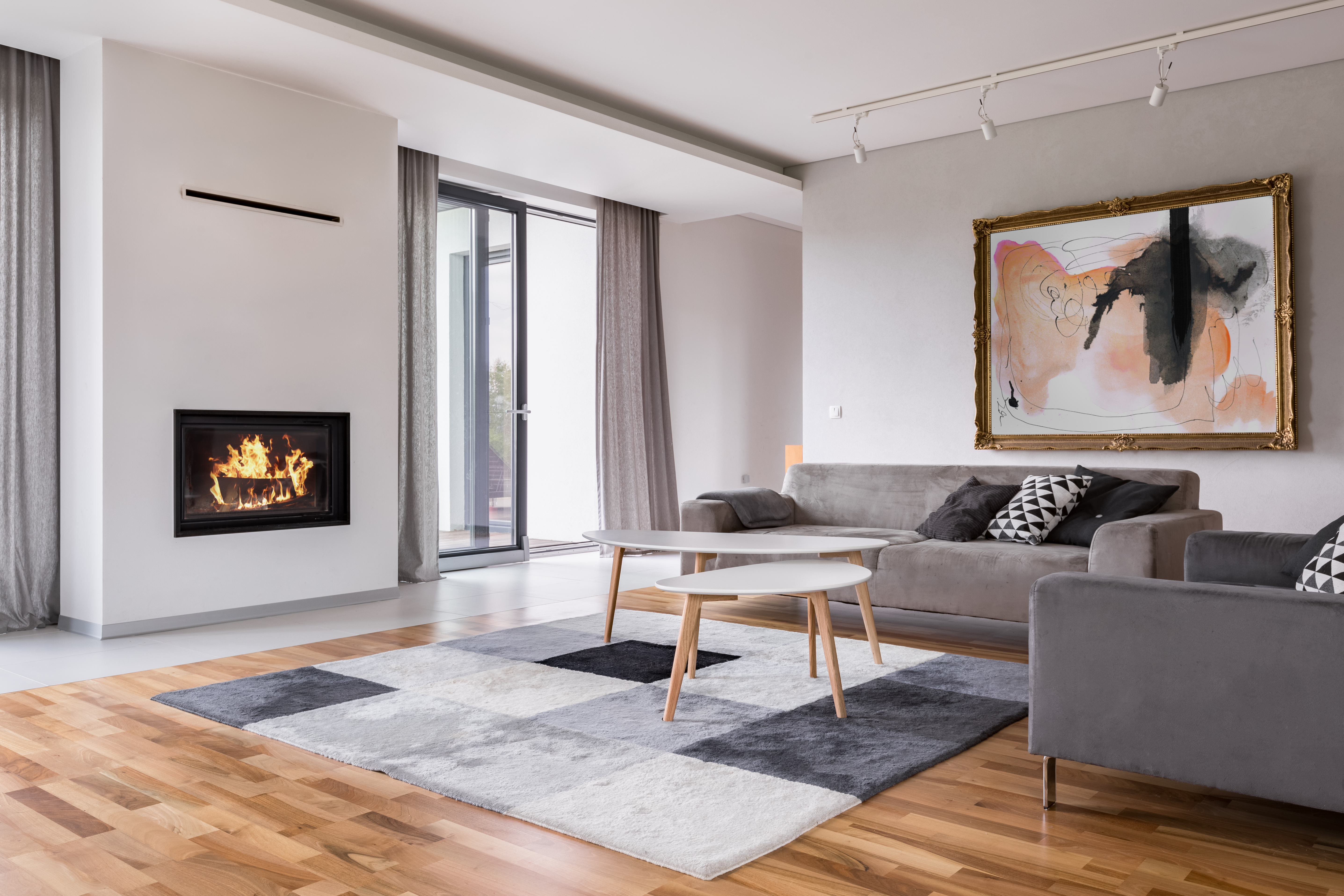How to Choose the Right Carpet for Your Home

Your flooring says a lot about your home and choosing the right carpet can be tricky. Carpet is still the warmest, quietest and has the most toe appeal in bedrooms and basements and is the safest option for stairs. There are several things to consider when looking at the carpet, such as the type of fibre used to construct, the resistance to stains and soil, and the style and colour of the carpet. Riverbend Interiors Floors & Tile has the knowledge and experience to help you pick out the ideal carpet for your space.
Carpet Fibres
Depending on your lifestyle, if you have pets and/or children, or if you have a lot of foot traffic/visitors in your home, the type of fibre used to manufacture carpet is an important consideration. Always make sure you are comparing apples to apples when looking at the performance and price of any carpet. For example, a high-quality polyester carpet may perform better than low-quality nylon and high-quality nylon may perform better than low-quality wool.
Nylon
Nylon is one of the longest wearing fibres used to manufacture today’s carpets and is a great option for busy families and homes with pets. The molecular structure of Nylon offers resiliency in high traffic areas that allows the fibres to bounce back and resists compaction or “trafficking” in areas such as hallways and stairs. While not as naturally stain-resistant as a polyester carpet, most carpets on the market today are treated to protect from stains. If you are looking for a carpet to perform well over time, Nylon is the fibre of choice.
Polyester
Polyester can be a more economical choice if you are working on a tighter budget and works well in homes with less foot traffic. Some polyester carpets are manufactured from recycled plastics such as pop bottles and therefore offer an environmental advantage. Polyester carpet’s greatest attributes are in its softness and stain resistance. Overall, polyester does not tend to perform as well as nylon or wool.
Wool
Wool is a natural fibre that is renewable and sustainable and is often chosen as an investment in your home. Its greatest properties are that it is fire retardant, naturally, soil-resistant (microscopic scales of a wool fibre help prevent dirt from getting embedded in the carpet) and is resilient to foot traffic. Wool is also highly absorbent which can make it more prone to staining but can also help control humidity levels within the home. There also wool blends available that offer the benefits of wool with the stain resistance of polyester.
Stain and Soil Resistance
Staining occurs when a spill is absorbed into the fibre where there are voids in the dye of the carpet and causes a discoloration of the carpet. This is most common in carpets that are dyed after production. Solution-dyed carpets that are coloured prior to manufacturing are not as prone to staining as there are no voids in the colour of the fibre. Soiling, on the other hand, results from particles sticking to residues (such as cleaning products, oils or spills) and causing a build-up which makes your carpet look dirty over time.
Polyester is the most stain resistant fibre on the market as it is hydrophobic and does not allow spills to absorb into the fibre. Nylon and wool are more absorbent than polyester which can make them more prone to staining, however, most carpets are treated during manufacturing to protect from stains. Regardless of the type of carpet, it is crucial to follow the manufacturer’s care and maintenance instructions regarding vacuuming, steam cleaning and stain removal.
Carpet Style and Colour
The style of carpet you choose should reflect not just your design tastes but also how you live in your home. The style and colour play a large part in the longevity of your carpet. Make sure you take a few samples home to see how they look in your space.
Loop Pile
Loop pile carpet, often referred to as Berber, is constructed by forming loops with the fibre and securing to the backing of the carpet. Loop pile carpets are a durable option as they are structurally less susceptible to trafficking and allow easier clean up of spills. If vacuum cleaner marks drive you crazy, Berber carpet is your best option. The main concern with loop construction is the possibility of a loop being pulled by dragging furniture or from pets. Berber style carpets are also not as soft underfoot as a cut pile or cut and loop construction.
Cut Pile
Cut pile carpets are constructed as a loop style but the loops are cut off to achieve a different look and feel. Cut pile is softest underfoot and is still the most popular style of carpet. Depending on the length, density, and twist of the fibres a cut pile carpet will generally show foot traffic more readily as the fibres lay down when walked on. A short, dense and tight twist cut pile will wear better than a loose shag style carpet.
Cut and Loop
Cut and loop carpeting is a blend of the two styles and can create beautiful geometric or abstract patterns. This type of carpet provides the durability of a loop and softness of a cut pile while offering a more unique appearance. The greatest drawback of the cut and loop is that the fibres wear differently, and the cut pile can obscure the pattern making it look worn in high traffic areas.
Colour
Colour is important in achieving the right look within your home but there are a few things to think about. Your carpet colour should “play nicely” with other elements in the home such as millwork (railings, casings and baseboards) furniture and paint colour. A lighter colour carpet can make a room appear larger but also shows staining and soiling more readily; A dark carpet hides staining but shows lint and dust in between vacuuming. Carpet doesn’t have to be a solid colour either, many new styles are available in a fleck which incorporates two or more colours. Flecks can add visual interest and are good at hiding lint and dust.
Conclusion
Carpet is an element of your home that is not easily changed. The most important point is to make sure the carpet you choose is suitable for your family’s needs and lifestyle. Finally, every carpet comes with a manufacturers warranty and care and maintenance instructions, make sure to review and follow this information to maintain your warranty and enjoy your carpet for years to come.
